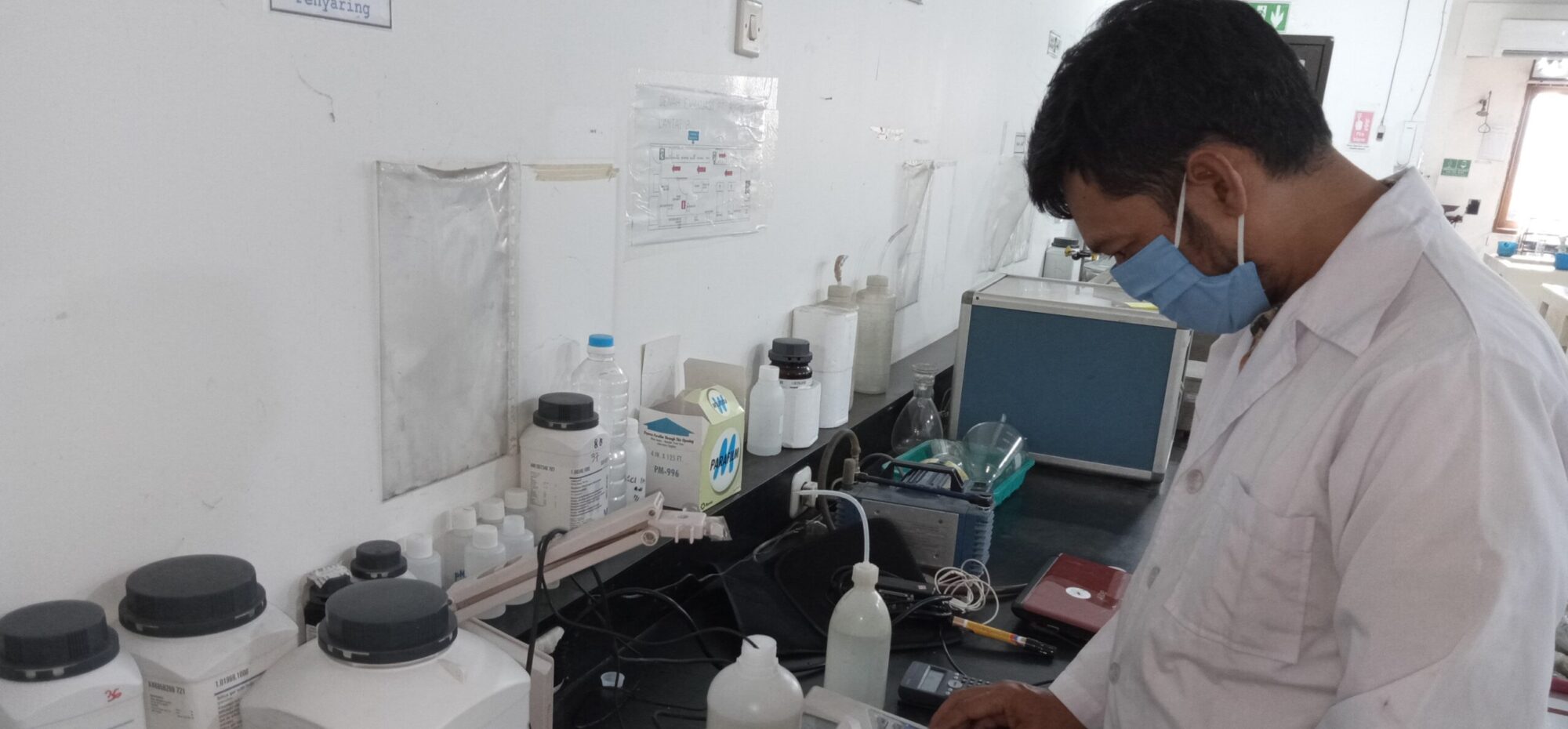Consumption
by The SkylarkAugust 12, 20200 comments
This article is designed to inform you of essential facts, prompt you to reassess certain behaviours and empower you to be part of the solution.

We are consuming our world to death
As consumers, we are hugely powerful. What we choose to buy (and importantly, not to buy) is a direct form of climate activism. Margins in most consumer sectors are slim, so it doesn’t take a huge number of people to change their shopping habits and force manufacturers and producers to change their processes.
But we are still a consumerist society. We have got used to buying what we want, when we want, for the cheapest price. Because what most of us tend to buy is cheap, we don’t think about the quality, how long it will last, or the aggregated cost of buying replacements. We have become addicted to “stuff”, driven by advertising and the pressure of social media to own more, blurring the lines between what we need and what we want.
The planet cannot cope with the amount of resources we take from it every day to make the stuff we buy. Earth Overshoot Day is the day in the year when we have extracted more resources than the Earth can produce and generated more waste than the Earth can absorb in a single year. In 2019, Earth Overshoot day was 29th July. This means we need about 1.75 planets to cope with what we take and what we throw out.

We are literally consuming our planet to death. Every year we extract 88 billion tonnes of natural resources, every month we cut down 2 million hectares of forests, every week we pollute over 5 billion tonnes of groundwater, and every day we use 6,000 tonnes of pesticides.
And all of this is to make the food we eat, the clothes we wear, the cars we drive and the crap we buy. This cannot go on. Governments, industry and corporations refuse to act with the urgency that is required, too focused on shareholder profits and vested interests.
We have to change how we consume and in doing so, send the signals to the markets that the days of unethical, destructive and unnecessary consumption are over.
How we shop
In the last decade, shopping has become ultra-convenient with whatever you want delivered directly to your door in record time, often with no extra cost. But there is an extra cost, and it affects you and your community.
When you get something delivered, it is usually driven to you in a fossil fuel vehicle. At first it may seem efficient that a single vehicle is conducting one delivery route to multiple addresses than hundreds of vehicles driving to the shops and back. But it’s potentially worse for the environment.
A delivery van is constantly stopping, starting, idling, braking and manoeuvring. These actions use up far more fuel and emit far more carbon emissions than a smoother drive to the shops. And where are these carbon emissions going? Into the streets and neighbourhoods where you live.
Also, when you buy online you are buying blind, particularly with clothes. You won’t know if the product is truly what you want or if it fits. That means you have to return it, which is more journeys by vehicles that wouldn’t have happened if you had bought in person. Returns logistics company Optoro found hauling around returned items in the US creates over 15 million metric tonnes of CO2 emissions a year, potentially equivalent to what 3 million cars might put out in the same period.
There’s also a good chance that your return items will just end up in landfill, with over 2.5 billion kilograms of waste produced through returns.
| TAKE ACTION Consider whether you really need to have that item there and then. Can it wait until you can go into town or a shopping centre and purchase multiple items in one trip. Also, many delivery services are now using carbon free methods including electric vehicles, so always prioritise those options over the standard fossil fuel methods. |
Food
Globally, around a third of food is wasted, and a recent Intergovernmental Panel on Climate Change (IPCC) report stated that during 2010-2016, food waste contributed 8-10% of total man-made greenhouse gas (GHG) emissions. UK waste charity WRAP estimates that in the UK around 10 million tonnes of food waste is generated every year, post-farm gate, 70% of which was intended to be consumed by people. This has a value of over £20 billion and is associated with more than 25 million tonnes of GHG emissions.

These are sobering thoughts considering recent estimates show 8.6% of the world, or 736 million people, are currently living in poverty. To top it off, most of the food waste ends up in landfill that releases methane into the atmosphere – a GHG 20 times more destructive than carbon.
Food and food waste is the debate of our time, considering that global agriculture accounts roughly 25% of annual GHGs and intensive methods of farming are destroying the very soils we rely on.
Fashion
Fashion is one of the world’s worst polluting industries, accounting for roughly 10% of greenhouse gas emissions from human activity. That’s an energy consumption greater than the global aviation and shipping industries combined.
According to waste charity WRAP, the annual footprint of a household’s newly bought clothing, along with the washing and cleaning of its clothes, is roughly the equivalent to the carbon emissions from driving a non-electric car for 6,000 miles. What’s more, three-fifths of clothing ends up in incinerators or landfills within a year of being produced.
If these facts aren’t sobering enough, consider that a quarter of globally produced chemical compounds – many seriously harmful to human and animal health – are used in the textile-finishing industry. And this is just the tip of the iceberg.

Leadership forum, the Global Fashion Agenda predicts that by 2030 global apparel consumption will rise by 63%. If they’re right, the impact of this will be devastating to the planet. Fortunately, we have the power to stop this through simple actions and by reassessing our toxic relationship with fashion.
Waste
It is a simple fact that in the west, we consume far more than we need. This is why not only are landfills over spilling across the world but our minimal recycling processes can’t cope with the little waste we do try to recycle.
A key aspect of consumption is thinking through the whole life cycle of anything you buy. How long before something you buy turns to waste, what does it look like, how will you dispose of it and where is it likely to end up. Here are some simple facts to consider and help understand how overconsumption leads to such a dramatic waste problem.
- In the UK alone, 70 million plastic coffee cup lids go to landfill every day.
- A pair of jeans will only be worn 41 times before being thrown away.
- 40 million tonnes of electronic waste is generated each year, the equivalent to 800 laptops every second.
- The great pacific garbage patch is now larger than 1.6 million km2. That’s the same size of Iran, or twice the size of Texas or Turkey.
- Over 10 billion plastic bags are produced every day across the world.
- Every week, 250,000 tonnes of plastic waste is dumped in the oceans.

Our waste problems are directly linked to our consumption problems. If we sort out consumption then we might be able to sort out our waste. That falls down to all of us knowing we have a role to play.


